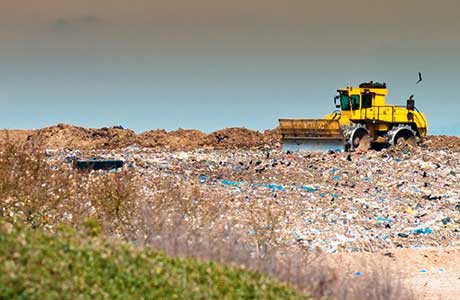RESEARCH has identified 130 landfill sites that have closed since 2008 as the country continues to reduce the volumes it sends for traditional disposal. In the last year, 30 sites shut the gates although this was partly offset by eight opening or re-opening.
The recession has seen a further drop in waste being landfilled while local authorities grapple with increases in landfill tax. A further £8 per tonne increase in the current year takes the tax to £64 per tonne.
Some landfill sites have completed their void and planning has not been allowed for an extension or the site has come to the end of its natural life. The development of alternative waste treatment options is also diverting waste streams away from landfill.
The trends are identified in the annual report published by BDS Marketing Research which estimates the volumes of waste accepted at individual landfill sites. For each site and company, BDS estimates the amount of waste each landfill has taken with the information broken down into inert, municipal and other wastes. Company market shares on a county, region and nationally are then calculated.
BDS believes the largest national landfill company continues to be FCC, which is the largest operator in an area extending from the south east to the north west of England.

Biffa is in second place followed by Viridor, Veolia and SITA. Together, BDS estimates those five companies represent more than 60% of the landfill market.
However, there are some marked regional differences. In most parts of England, the leading six companies represent over 80% of the market. Yet, in northern England, Wales and Scotland, the largest landfill companies have a much smaller share of the market. In those areas, the shares of the leading companies represent around 70% or less of the total market.
The report lists all known open-gate landfill sites operated by waste management companies. It also lists sites that have closed, been mothballed or opened and identifies significant planning activity over the past year.
The statistics have been published at the same time as a survey that estimates waste inputs to alternative waste processing sites including EfW, in-vessel composting, MBT and MRF facilities.






